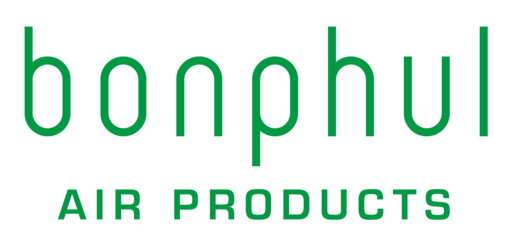
Dangers of Oxygen Deficiency
In terms of human life, oxygen deficiency can lead to asphyxiation. It can lead to suffocation and other medical issues. Oxygen is the only component of air of use to human and animal life. Therefore, it is the most vital element that supports life on Earth.
Asphyxiation happens if the levels of nitrogen, argon, helium and other inert gases increase in the atmosphere. The increase of any such gas, (except oxygen) to air reduces the oxygen concentration. Two such breaths of air can cause serious health issues including unconsciousness.
Tackling Oxygen Deficiency in Indoors
There are established measures to tackle prominently known IAQ issues, like PM, VOCs, or CO2. However, in the case of oxygen deficiency, the solution is still not popular.
Though oxygen depletion is not a newly known problem, most of the solutions, however, are greatly inefficient and impractical. There are products like oxygen masks, oxygen cans and oxygen cylinders for supplementary oxygen intake. However, these are temporary resorts that do not really solve the problem of oxygen deficiency indoors.
At industrial levels, where a high amount of combustion takes place, oxygen is generated in large scale by oxygen generators with the aid of the Pressure Swing Adsorption (PSA) technology.
Here, oxygen is harvested from ambient air and is collected and circulated to wherever required. In recent years, PSA technology is being used to harvest oxygen in a downsized scale. The harvested oxygen is then circulated in closed insulated spaces, where oxygen levels are usually lower than 21%. In industrial terms, this process is called as oxygen generations. However, in the consumer context, it is termed either as oxygen concentrations or oxygen optimizing. These machines harvest oxygen in concentrated amounts and thereby, optimizes the indoor air composition to 21% of oxygen, where levels are low.
The oxygen optimizers work like a pair of mechanical lungs. These machines are filled with zeolite components, that extract the oxygen from the outside air. It then filters out the unwanted gases and other particles, holding back 80-85% oxygen concentrations. The indoor unit is then supplied with this extracted oxygen-rich air.





